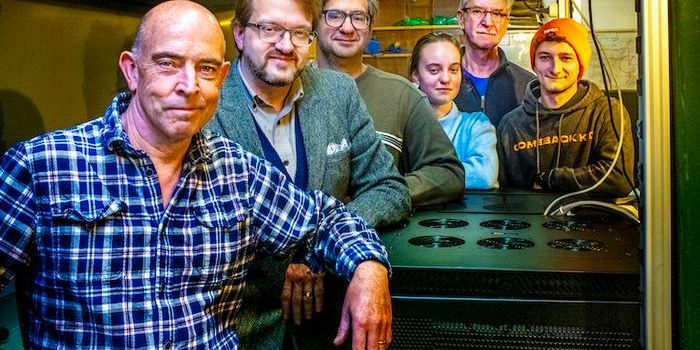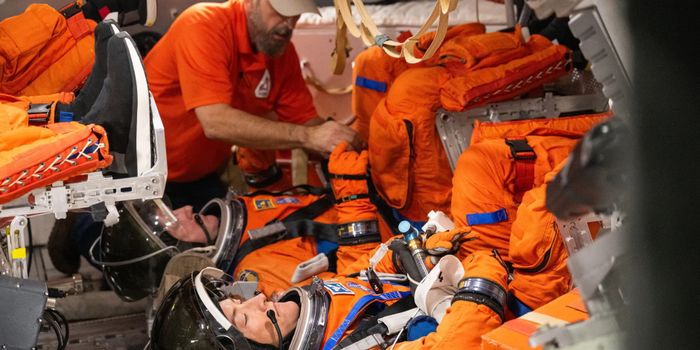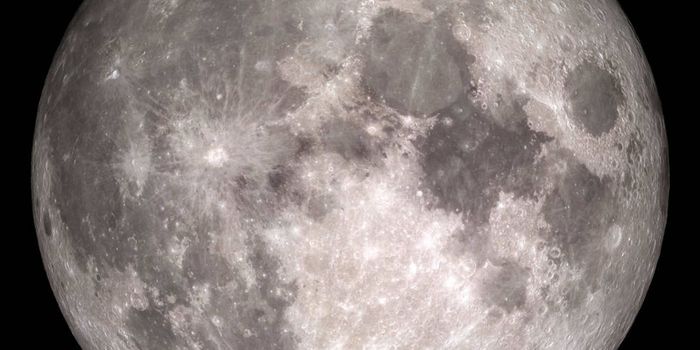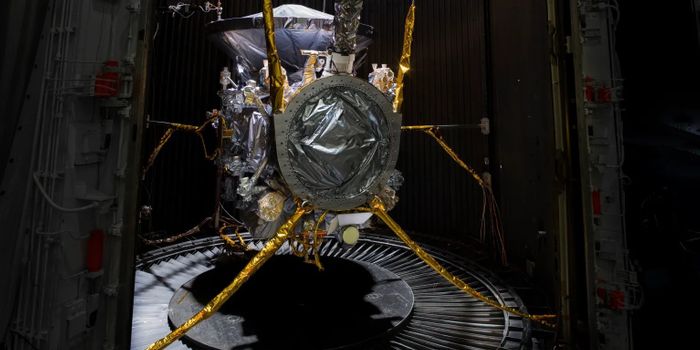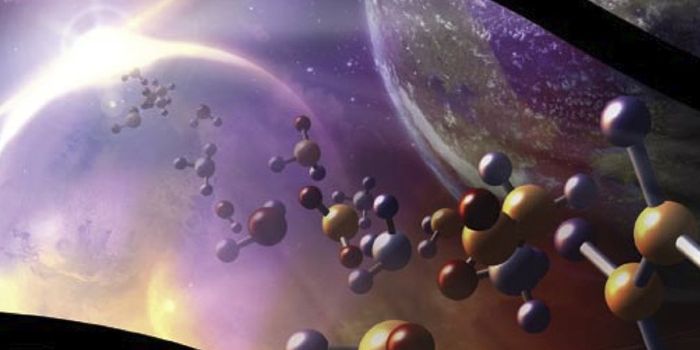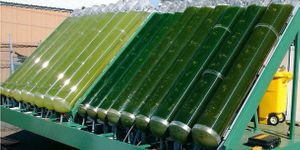Sampling of Water Jets on Enceladus May Confirm Habitability
The question of whether or not we’ll ever find other traces of life in our Solar System has so far remained unanswered, but there are a few places that scientists think they’ll have the best chance of finding it if they want to look for it.
While Jupiter’s moon Europa certainly seems like a viable candidate because of the subsurface ocean that it purportedly has, it turns out there’s a similar moon in our Solar System that just might have the perfect chemistry to support life.
Saturn’s moon Enceladus has long been a point of interest because of the water jets it has that were spotted by both the Cassini spacecraft and the Hubble Space Telescope. Recent sampling conducted by Cassini, which involved flying the spacecraft through the water jets so that its sensors could be activated, are now helping scientists learn about their chemical makeup. Their findings appear in the journal Science.
Image Credit: NASA/JPL-Caltech
In particular, it was quite important to stumble upon the presence of molecular hydrogen on Enceladus, which is believed to have come from a process known as serpentinisation. Hydrogen is something known to help support life, so finding it in the water jets was humbling to say the least.
NASA has known about the presence of this hydrogen since 2015 and chose not to say anything until now. This is because there’s reportedly a glitch in the spacecraft’s sensory equipment that can cause false positive readings under certain circumstances, so the agency wanted to spend time to double-check their work before making a public statement so they could ensure that Enceladus was actually harboring hydrogen and a glitch wasn't the cause of the reading.
Fortunately for everyone involved, it could be ruled out that a glitch was the cause of the readings, which essentially confirms that molecular hydrogen exists on Enceladus and is being expelled from its jets.
The findings reveal that the water jets on Enceladus are chemically-sound to support life. Hydrothermal vents at the floor of the subsurface ocean point to the possibility of the correct temperatures to support life as well, as life is known to hang out around the hydrothermal vents on Earth’s ocean floors too.
Image Credit: ScienceAtNASA/YouTube
While scientists aren’t 100% certain what’s causing the water jets in the first place, the strongest theory at this point in time is that as the moon orbits Saturn, it causes the planet’s surface to shift depending on the direction gravity is tugging from. This movement generates pressures underneath the surface and forces water from the subsurface ocean through the holes we see as jets.
The only way to know for sure if there’s actually a subsurface ocean on Enceladus is to send another space mission there to observe the moon more thoroughly up close and in person. Similarly to the plans for Europa, perhaps both another flyby mission and a lander mission are in order sometime in the future so we can learn more.
Whether or not we will find life on Enceladus is a moot point, but given the findigns so far, it just might be worth investigating.
-
MAY 07, 2024Is It Anti-RNP or Anti-Sm/RNP?
- See More
-
APR 30, 2024Immuno-Oncology Virtual Event Series 2024
-
MAY 07, 20243rd International Biosecurity Virtual Symposium
-
MAY 23, 2024For the Love of Digital PCR 2024
- See More



